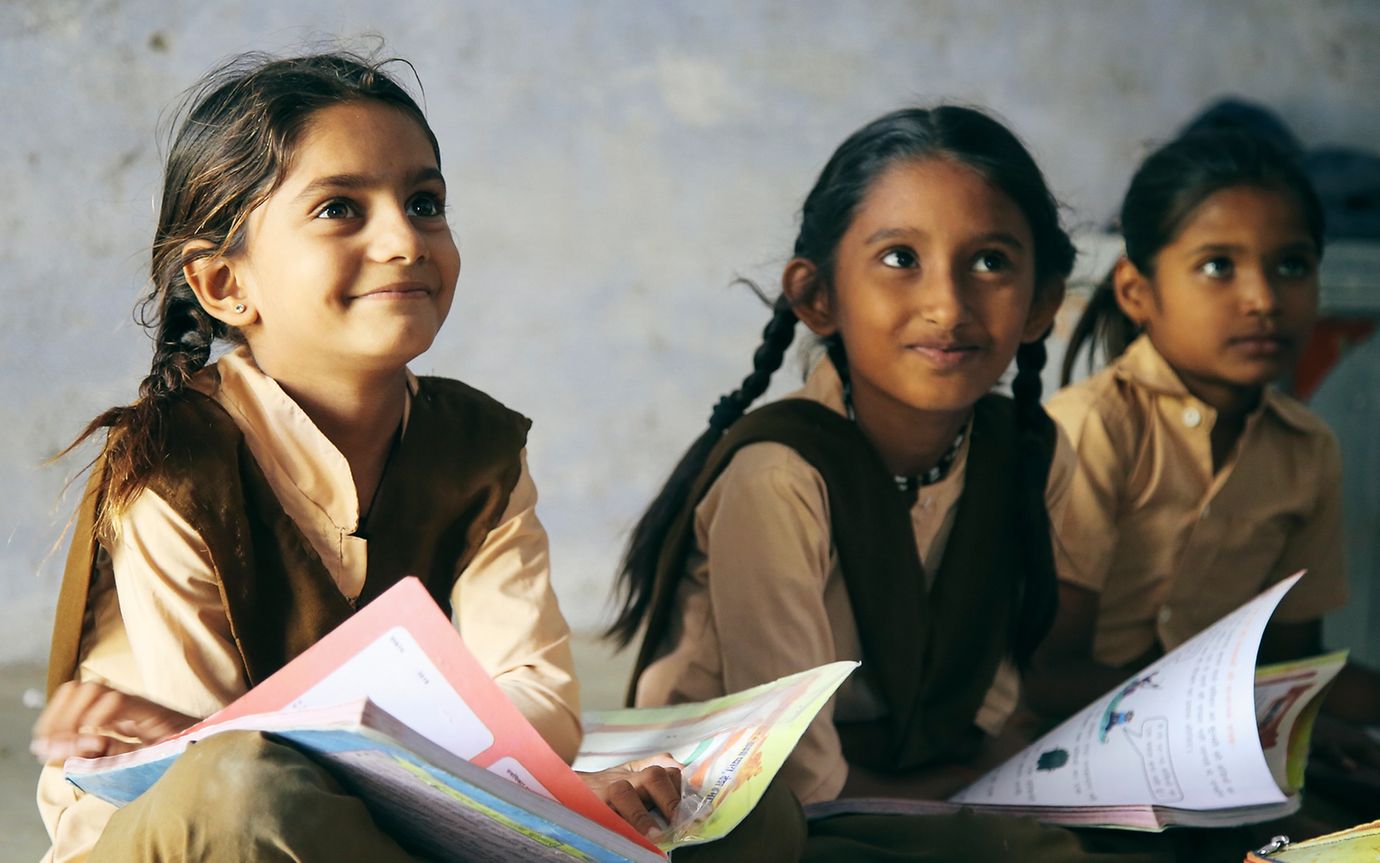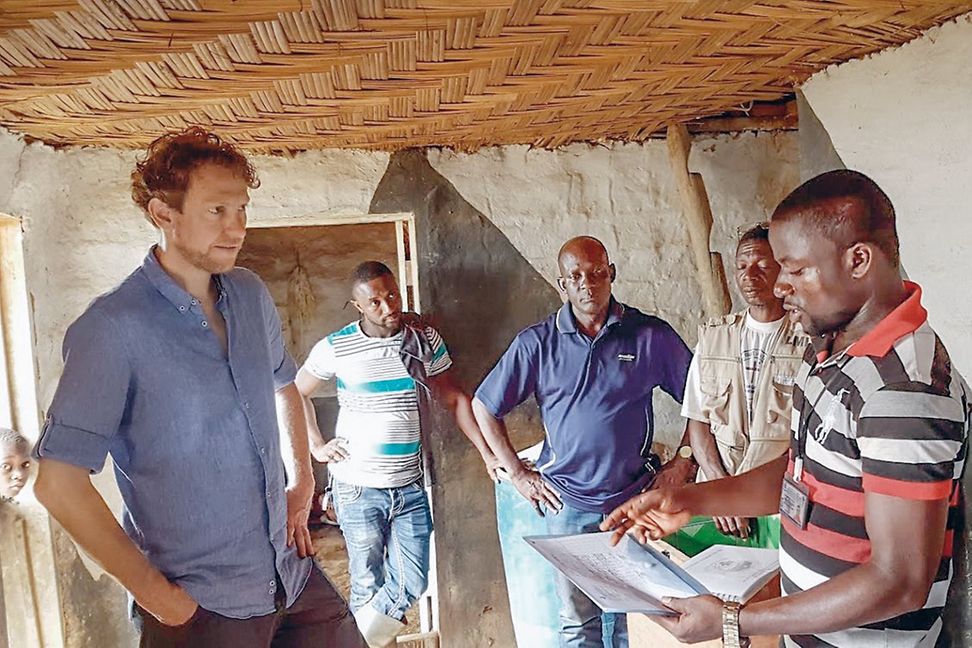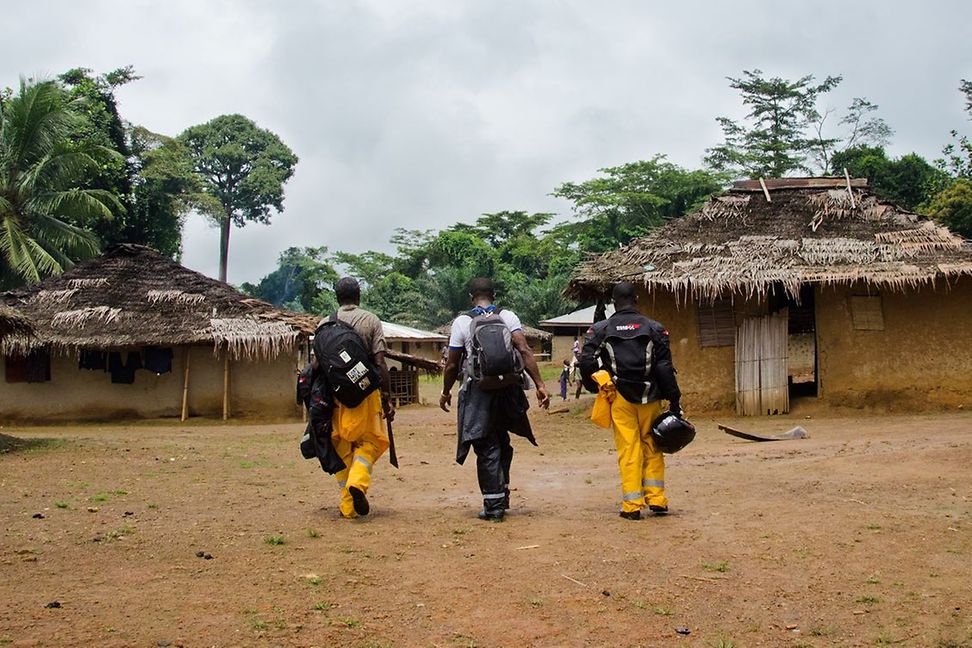在此处更改您的语言和 LGT 位置。
私人客戶的數碼平台
登錄 LGT SmartBanking
金融中介機構的數碼平台
登錄 LGT SmartBanking Pro
解答常見問題 (FAQ)
LGT SmartBanking 幫助
解答常見問題 (FAQ)
LGT SmartBanking Pro 幫助
When does grant funding make the world a better place, and when do investments? Tom Kagerer, partner and investment specialist at LGT Venture Philanthropy, provides his views.

Philanthropy and impact investing: Does the world need both? And what is the value of each approach?
Tom Kagerer: Yes, the world needs both, since they are complementary approaches on a spectrum of financial and impact returns. There are different ways to improve the quality of people’s lives. Whether to do so through an equity investment – as we do in impact investing – or a grant – as we do in philanthropy – often, among other factors, depends on the economic situation of the target group. If a company is operating in an environment with a high concentration of customers with sufficient buying power, a market-based solution is often a good strategy. In this case, an equity investment into a for-profit company is a good way to support the growth of such impactful solutions. This is the value of impact investor Lightrock’s work. But if you are aiming to improve access to quality healthcare in remote communities in Liberia, for example, you are faced with a very different scenario. There is a low concentration of people and extremely low purchasing power. People are often subsistence farmers; they grow food to survive and don’t have much, if any, disposable income. This is the value of our work at LGT Venture Philanthropy (LGT VP).

So, they probably have very little or no money to spend for better healthcare or education.
Tom Kagerer: Exactly. There are billions of people in the world with minimal disposable income, which is why their ability to pay for services is extremely limited. This is why LGT VP focuses on supporting non-profits that have developed products and services that are high in quality and free for their clients.
Can you give us an example?
Tom Kagerer: Of course. For example, we support ARMMAN, one of our portfolio organizations that works to improve maternal and child health in India. Part of ARMMAN’s model is to leverage the high mobile phone penetration in India’s remote communities to provide health information and outreach programs on phones – an effective, affordable and highly scalable model. Since inception, ARMMAN has reached 18 million pregnant women and families.
What about government? Wouldn’t they be involved as well?
Tom Kagerer: In a context in which most clients have no disposable income, non-profit organizations working hand-in-glove with governments have proven effective and efficient. Our portfolio organizations typically work in strong partnership with government to provide services such as good healthcare or education. A well-placed grant to an organization with a strong model can have a catalytic effect on the wider system. For example, you might have an organization that effectively provides community healthcare. With the right amount of financial and capacity building support, the organization can strengthen and scale its model to a point at which the government looks at it and says: “That works. We can afford that model and it’s replicable and we want to introduce it to the rest of the country.” Now the government can use the organization’s model as a blueprint to roll out a national community healthcare strategy.

I remember reading about a health organization you support in Liberia, which had this type of evolution.
Tom Kagerer: Yes, our portfolio organization Last Mile Health (LMH), whose effectiveness in curbing the effects of the Ebola epidemic caught the Liberian government’s attention. LMH had been working in a single county and that county had fared far better than all others, because LMH’s model of training and equipping Community Health Workers (CHWs) proved incredibly effective in getting the local community to follow health protocols. The government launched the National Community Health Assistant Program to spread LMH’s CHW model across the entire nation.
And how exactly do you help the organizations grow and get to the stage at which a government might notice them?
Tom Kagerer: What differentiates us from many other funders is that we provide flexible, non-programmatic funding. A large part of our funding is allocated towards organizational capacity building. Typically, funders provide only limited or no funds for this. At LGT VP, we are convinced, that strong organizational capabilities, such as finance, marketing and communications, IT and data, are critical for an organization to implement high quality, cost-effective solutions at scale.
And you typically engage with organizations over many years?
Tom Kagerer: Correct. Our Board mandated us to work very strategically in a few thematic areas. We spend a lot of time conducting due diligence on our organizations, in order to choose those that have the highest potential to build solutions with long-term and sustainable impact on vulnerable communities. We typically engage with organizations in their growth stage and seek to drive their impact, which often takes years to reach significant depth and scale. In some cases, such as with our portfolio organization Educate Girls, which we have funded for 11+ years, we realize that we can still support them in reaching the next level of geographic expansion and in leveraging technology to improve their efficiency. Once we believe in an organization, we back up that belief with the full panoply of our resources – financial, operational, managerial, networking and capacity building.
I have one final question. Earlier we addressed LGT VP’s three strategic areas: education, environment and health. What do you hope to achieve in each area in say the next three years?
Tom Kagerer: I think we would only feel like we’ve had success if by 2023 on the healthcare side we provided 65 million people with better access to quality healthcare, our education portfolio improved the learning outcomes of 30+ million children and our environment portfolio made significant headway with reaching the global goal of protecting 30% of land and ocean by 2030.
Bilder: © LGT VP
In the early days of the LGT VP Foundation, they had a broad mandate of achieving impact, which included multiple geographies, themes and financial tools. LGT VP did grant investments into non-profits and equity/debt-investments into for-profits, all of it driven by the mission to improve the quality of life of disadvantaged people. What led to the evolution into two separate entities was the realization that a higher degree of specialization was required in order to achieve the next level of excellence in both approaches. On the impact investing side, it was clear that in order to grow, a more institutional set up and access to larger amounts of capital were required. By contrast, in order to maximize the impact of LGT VP's philanthropic funding, they needed to refine their strategy to a geographically and thematically more focused approach that builds on what worked in the first stage of VP’s grant making.